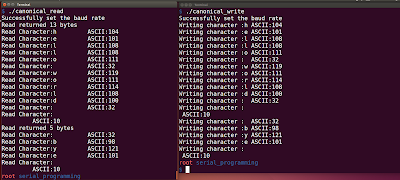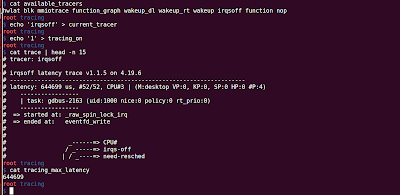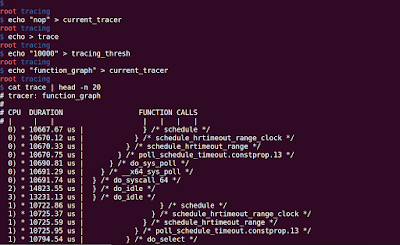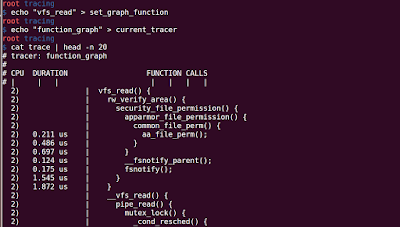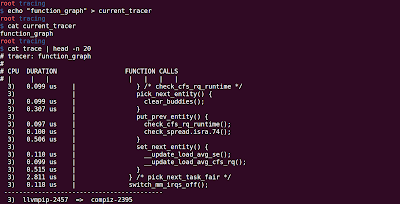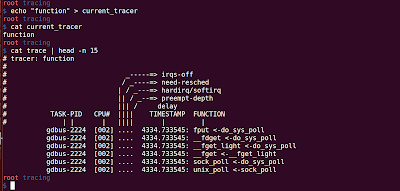My notes on variable arguments in C Macros
Like functions, we can also pass variable arguments to macros. Similar to functions, we need to include ellipses (...) in macro definition. __VA_ARGS__ is a varadic macro. Declaration syntax is similar to varadic macro. A sequence of three full stops "..." is used to indicate that one or more arguments can be passed. During macro expansion each occurrence of __VA_ARGS__ in the macro replacement list is replaced by the passed arguments. Example: If we want to define our own printf() function, which also prints the file and line number. // Our implemented function void realdbgprintf (const char *SourceFilename, int SourceLineno, const char *CFormatString, ...); #define dbgprintf(...) realdbgprintf (__FILE__, __LINE__, __VA_ARGS__) dbgprintf ("Hello, world"); ex...




